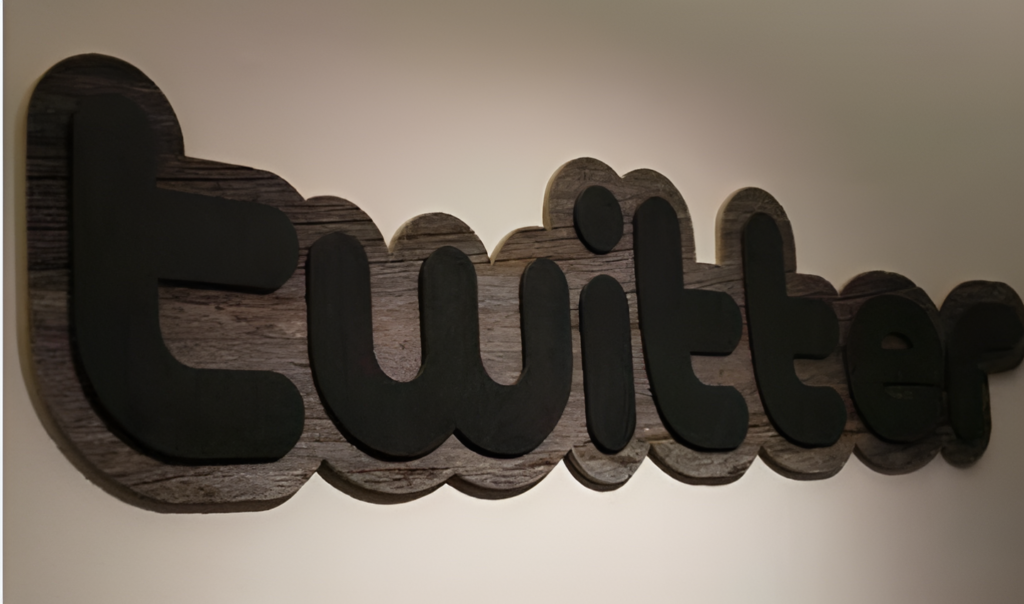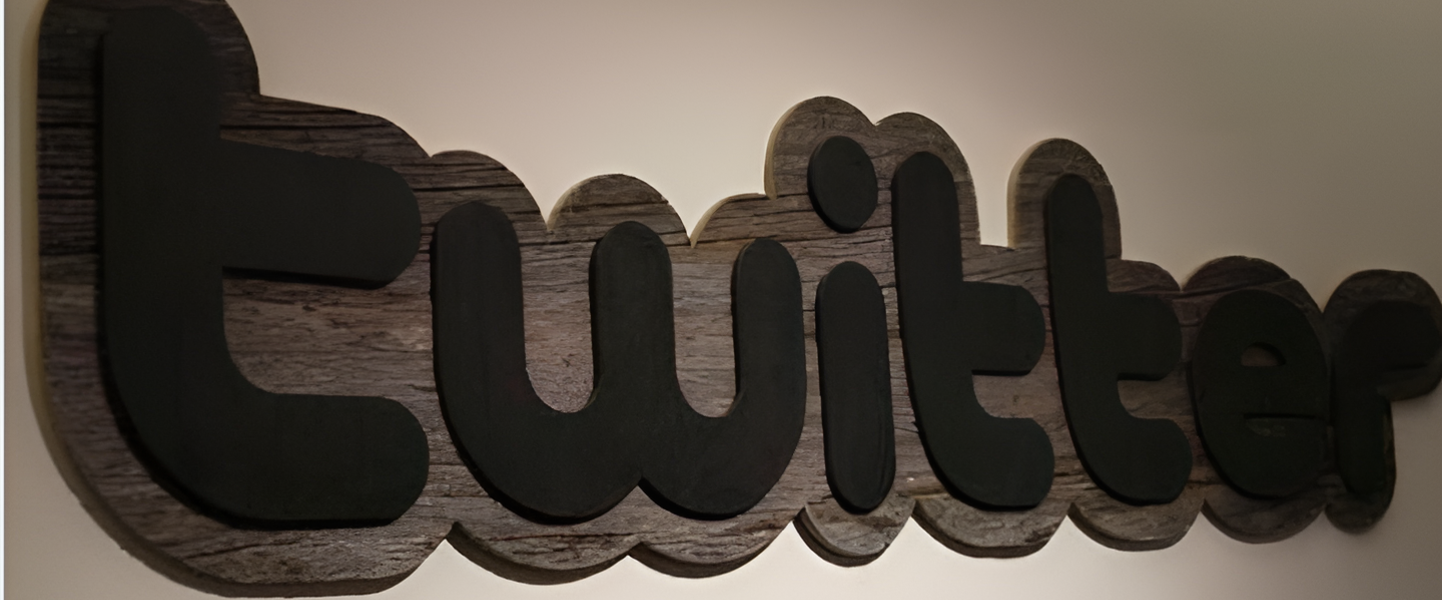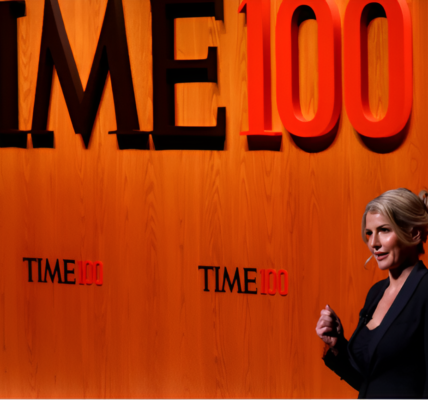
Twitter Inc.’s much-anticipated initial public offering (IPO) has created a wave of interest among investors and competitors alike, with the company’s recent 800-page filing offering new insights into its growth trajectory and efforts to monetize its short messaging platform. As the San Francisco-based company prepares for its debut on Wall Street, here’s what you need to know about its financials, strategy, and market potential.
Explosive Growth
Twitter has been on an upward trajectory since its co-founder Jack Dorsey sent out the first tweet back in March 2006. In the early years, the company focused on growing its user base and refining its platform rather than turning a profit. That patient approach appears to be paying off. Since Dick Costolo, a former Google executive, became CEO in 2010, Twitter’s revenue skyrocketed from $28 million to $317 million in 2012. By mid-2013, the company had already earned $254 million in revenue, more than double the previous year. If it maintains this pace, 2013 revenue could exceed $656 million.
Of Twitter’s revenue, 87% comes from advertising, while the remainder is earned from licensing deals that provide third parties with access to Twitter’s vast trove of user data. The company’s global reach has contributed to its success, with 218 million users as of June 2013, a dramatic rise from just 30 million in 2010. Over 75% of Twitter’s users are located outside the U.S., with rapid growth in markets like Argentina, France, Japan, and Saudi Arabia.
Not Yet Profitable
Despite its growing revenue, Twitter has yet to turn a profit. Since its inception, the company has accumulated losses totaling $419 million, largely funded by $759 million in investor capital. Twitter ended June 2013 with $375 million in cash, and it aims to raise at least $1 billion in its IPO.
However, profitability remains elusive. For the first half of 2013, Twitter’s losses widened to $69 million from $49 million during the same period in 2012. By comparison, Facebook and LinkedIn were profitable when they went public. In order to achieve profitability, Twitter is expected to ramp up its ad efforts. For instance, Twitter’s ad revenue per user is much lower than its social media competitors, with the company earning only 64 cents per user in Q2 2013. In contrast, Facebook made $1.58 per user, and LinkedIn earned $1.53 per user. Expanding ad sales internationally, especially in key markets like Brazil, Canada, and the UK, could be pivotal for Twitter’s revenue growth.
Mobile Focus
Twitter’s mobile platform has emerged as a major strength. With three-quarters of its users accessing the service via mobile devices, Twitter is well-positioned to capitalize on the growing trend of mobile media consumption. Notably, 65% of Twitter’s ads are served on smartphones and tablets, compared to 41% for Facebook. This mobile-first strategy sets Twitter apart from other social networks, allowing the company to tap into the increasingly mobile advertising market.
A Market Valuation of $20 Billion?
While Twitter has yet to establish a formal IPO price, the filing gives some clues about its potential market value. Last year, Twitter shares were valued at $17 each in a private swap, putting the company’s worth at $10–$11 billion. A recent third-party appraisal pegged the company’s stock at $20.62 per share. If Twitter prices its IPO at $28–$30 per share, the company could be valued at anywhere between $17 billion and $20 billion. While Facebook’s IPO valuation surpassed $100 billion, Twitter’s more modest valuation will be closely watched to gauge investor appetite for smaller, rapidly growing tech companies.
Evan Williams’ Big Payoff
Twitter’s co-founder Evan Williams is poised for a significant financial windfall from the company’s IPO. With a 12% stake in the company, Williams, who served as CEO before Costolo, stands to become a billionaire if Twitter’s IPO price exceeds $17.60 per share. Twitter’s other key early investors include Peter Fenton of Benchmark Capital, who owns 6.7% of the company, and Jack Dorsey, who holds 4.9%. Many of Twitter’s 2,000 employees could also strike it rich if the company’s stock performs well.
As Twitter moves closer to its IPO, the company will face the scrutiny of both potential investors and competitors. While it’s not yet profitable, Twitter’s growth prospects, mobile-first focus, and global user base position it as a strong contender in the social media and tech space. Whether its IPO will live up to the hype remains to be seen, but one thing is certain: Twitter’s entry into the public markets will be a major event to watch.





